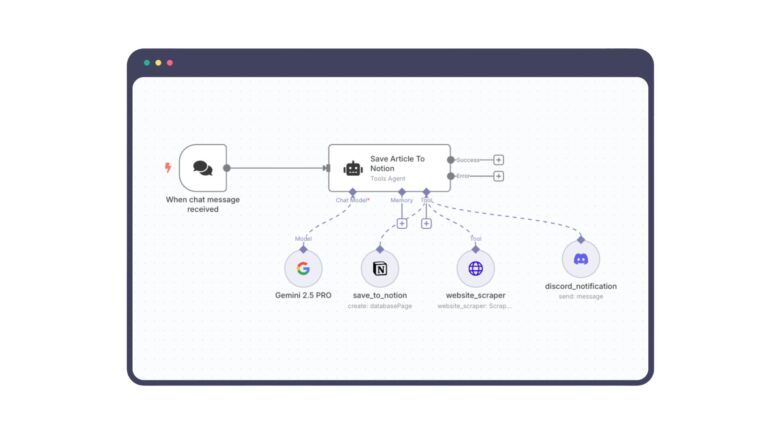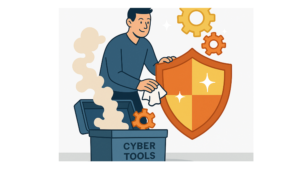So you’re building something brilliant. You’ve got code shipping, customers interested, maybe even a few pilots running. Then someone on the sales team forwards you an email: “Can you send over your SOC 2 report?”
Cue the heart drop.
It happens to nearly every startup founder in B2B tech. And when it does, most realize SOC 2 isn’t just a checkbox—it’s a ticket to the next level of customer trust. But getting there? That’s where things get muddy. You’re juggling product-market fit, scaling infra, hiring… and now, security frameworks?
This guide is your way through that fog. It breaks down everything—every single step—you need to know to get SOC 2 certified as a startup. With details, with strategy, with sanity intact.
What SOC 2 Really Is (and What It Isn’t)
“The Trust Badge That Talks Security Without Screaming Bureaucracy”
SOC 2 Isn’t a Badge—It’s a Story
Let’s make one thing clear. SOC 2 isn’t a certificate you buy off a shelf. It’s not a logo you slap on your website and call it a day.
It’s a comprehensive audit report issued by a licensed CPA firm. One that examines whether your startup’s systems, policies, and processes are secure and whether that security holds up under real scrutiny.
The report is built on the Trust Services Criteria, which evaluates how you protect customer data across five areas: Security, Availability, Confidentiality, Processing Integrity, and Privacy. For startups just getting started, “Security” is usually the baseline.
Not because the others aren’t important, but because Security is the foundation. If that falls apart, the rest doesn’t matter.
Type I vs. Type II: Snapshot or Surveillance?
SOC 2 comes in two types, and knowing the difference early can save months of confusion.
A Type I report looks at whether your controls are designed properly at a specific point in time. It’s like someone taking a well-lit photo of your security setup and saying, “Yeah, that looks good.”
A Type II report takes that a step further. It looks at how those controls perform over time often 3 to 12 months. This is the surveillance tape. It asks, “Did you really follow through on that slick security playbook… day in and day out?”
And here’s where things get real: most enterprise buyers won’t even blink until you’ve got a Type II in hand.
The Data Backs It Up: Trust Shortens Sales Cycles
A 2021 study compared dozens of tech startups at different stages of their compliance journeys. Startups with SOC 2 Type II reports saw 38% shorter sales cycles when selling to mid-market and enterprise buyers. They also reduced back-and-forth security questionnaires by half.
Why? Because SOC 2 externalizes trust. Instead of writing lengthy essays on why you’re secure, you show them a third-party audit that says, “We’ve got this covered.”
Not a Compliance Burden—A Strategic Narrative
The biggest misconception about SOC 2 is that it’s a mindless box-checking exercise, It’s not.
SOC 2 is a structured narrative about how your company handles risk. It tells the story of how you design your systems, how you prepare for incidents, how you manage access to customer data, and how you make sure your internal controls don’t just exist—they’re real, working, and provable.
A seasoned auditor once told me, “SOC 2 doesn’t expect perfection. It expects intentionality.” And for a startup, that’s great news.
Faking It? Doesn’t Work. SOC 2 Knows.
A common startup shortcut is to borrow policies, download templates, or paste security jargon into Google Docs. But auditors know what authentic security looks like. They want to see real activity access logs, system snapshots, incident reports, monitoring dashboards.
They’ll ask: “When was your last access review?” “Show me the log that proves MFA is enforced.” “Walk me through your incident response flow.”
SOC 2 is about operational maturity not theater.
So… When Should a Startup Start?
If you’re wondering when the journey should begin, ask yourself one question:
Would I trust this startup with my own personal data if I didn’t know the founders?
If the answer is “maybe,” then it’s probably time to bring SOC 2 into the picture. Not because investors say so. Not even because customers demand it, but because building trust is part of building something that lasts.








